Philippe Starck on the future of superyacht design, Elon Musk, and ‘saving the sea’

Few designers have done more to re-shape the identity of the modern superyacht than the Frenchman Philippe Starck. Over the course of two decades, naval architecture and design has formed a considerable – if largely unseen – chunk of Starck’s consultancy work. His best-known boat was the late Steve Jobs’ impressive Venus, a sleek 79m superyacht built by Dutch yard Feadship.
Starck has also turned his hand to two monumental commissions, the 119m Motor Yacht A and 143m Sailing Yacht A, both owned by the self-made entrepreneur and industrialist Andrey Melnichenko. At this end of the market, clients rarely invite the world’s media into their grand saloons, so much of what we know about these boats comes from spy shots, yachting enthusiasts, rampant speculation and the occasional glittering spread in the specialist press.
A keen yachtsman and boat-builder himself, the designer likes to explore new techniques and technologies on a small scale before ramping up to meet the demands of his clients. Wallpaper* spoke to Starck about the business of building boats, what drew him to the industry in the first place and what keeps his ideas afloat.

Portrait of Philippe Starck. Photography: James Bort
W*: How did your first naval project come about?
Philippe Starck: One day, a gentleman called me to ask if I could design a 120m yacht. My answer was yes. He said: ‘perfect’. When I asked him about the programme, he said: ‘Make what you want’. One month later, it was designed. He loved it. We did it. The owners are happy.
W: What are the key differences between designing yachts and designing buildings?
PS: Except for monuments, buildings have functions, they are useful, we hope at least. A yacht is not made to be useful, it is the ‘crystallisation’ of a childhood dream. The territory is not the same; it is a sentimental imagination built with the highest rigorist technology. It is a paradox.
W*: What yachting innovations are you most proud of at Starck design?
PS: My first job was to replace the vulgarity of the power of money by the elegance of intelligence and happiness. Afterwards, there was an interesting work about harmony with the sea, then I worked on the elegance of the religious minimum of invisibility and other high-tech inventions.
W*: What is next in the future of yachts? Can you speak about any upcoming projects?
PS: The future is electric and hydrogen for all sizes of boats, from 3m to 300m. I am ready to help Elon Musk to make the same revolution he made for cars but applied to boats. After saving the earth, now it’s time to save the sea.
W: Does yacht design ever bring innovations that you can translate into products or buildings?
PS: Absolutely and that’s also the reason why I design boats. A mega yacht is a free advanced technology laboratory which explores thousands of challenges. When they are won, they can be applied to everything.
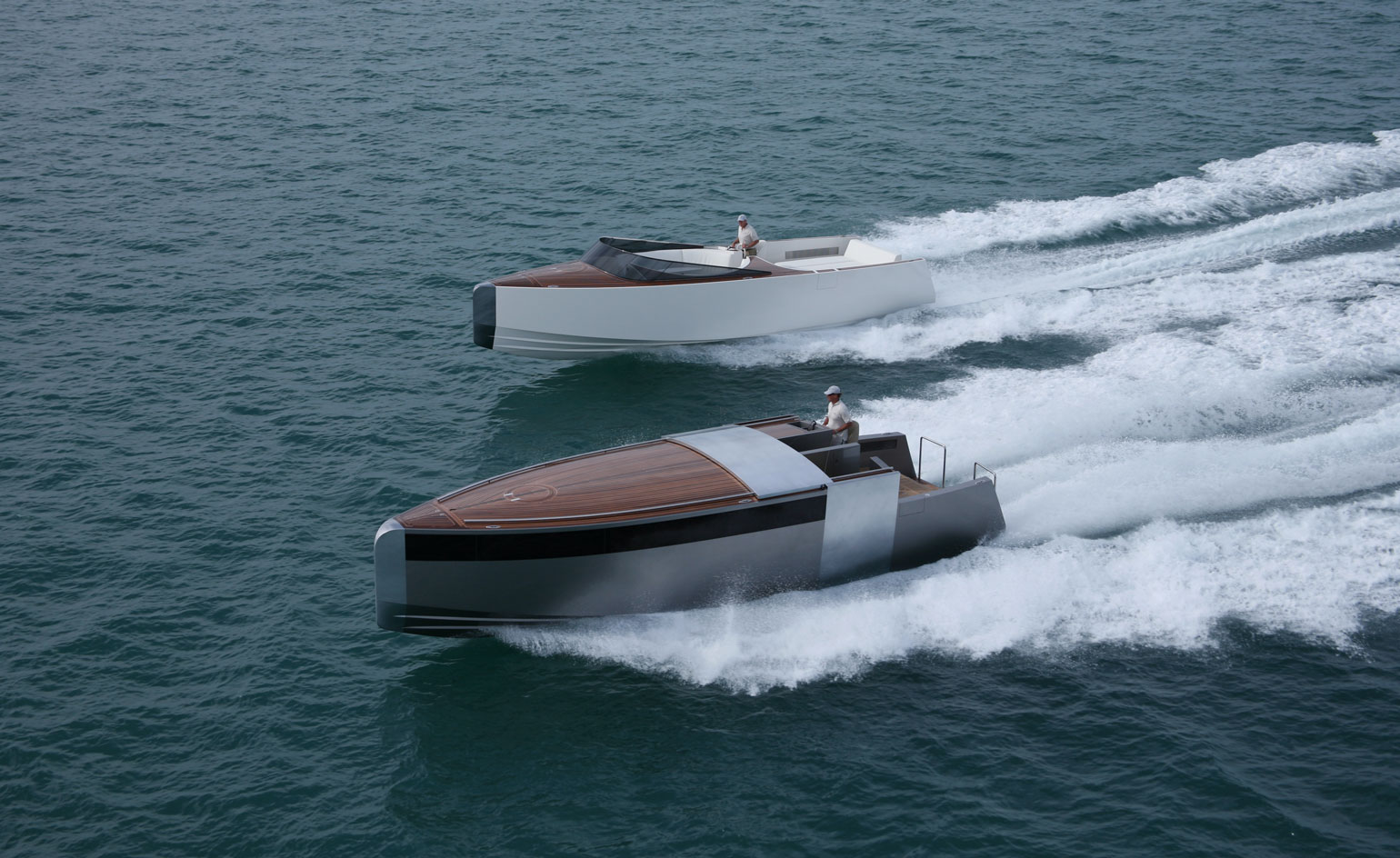
Tenders for‘ Motor Yacht A’, designed by Philippe Starck, 2008.
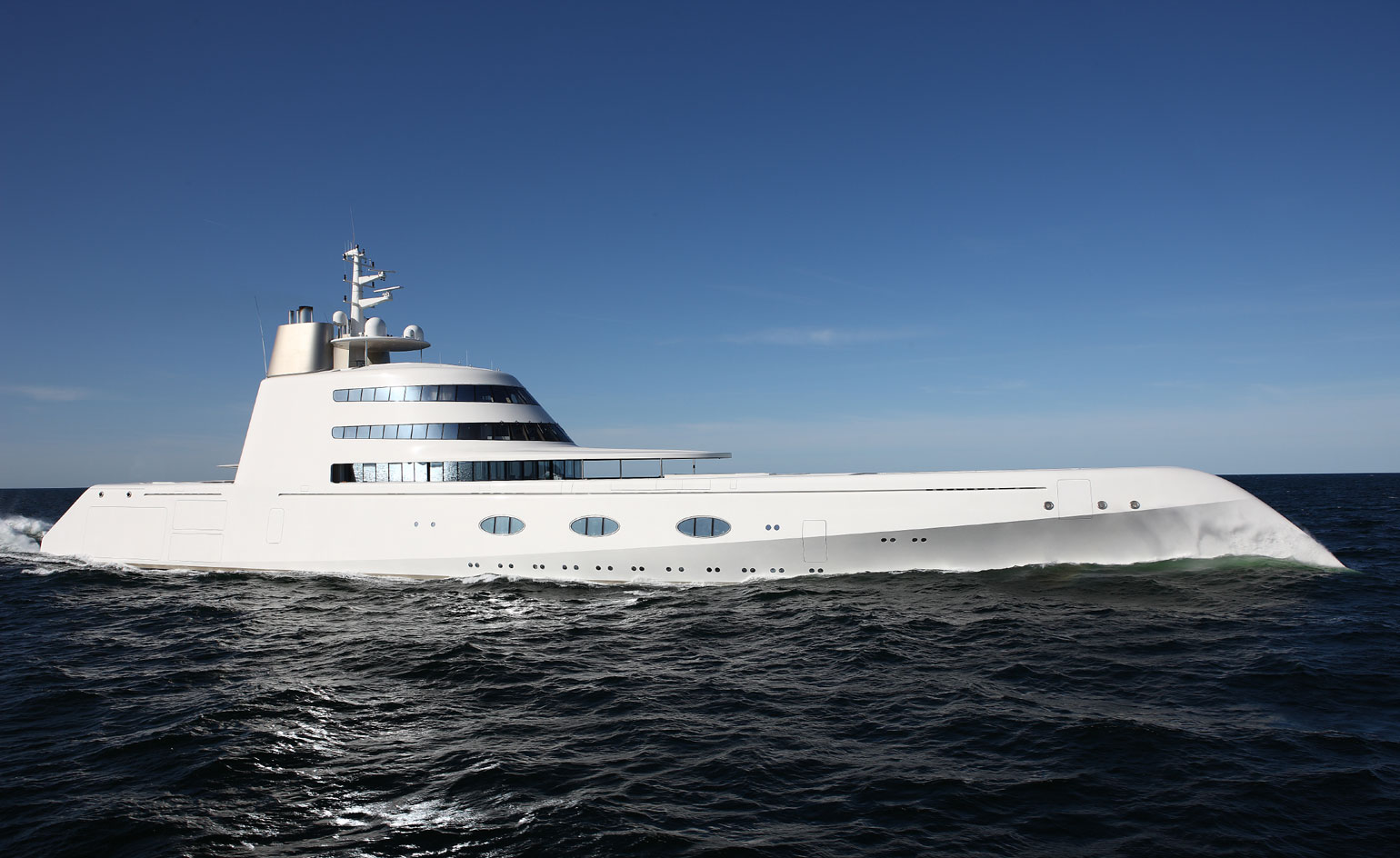
‘Motor Yacht A’, designed by Philippe Starck, 2008.
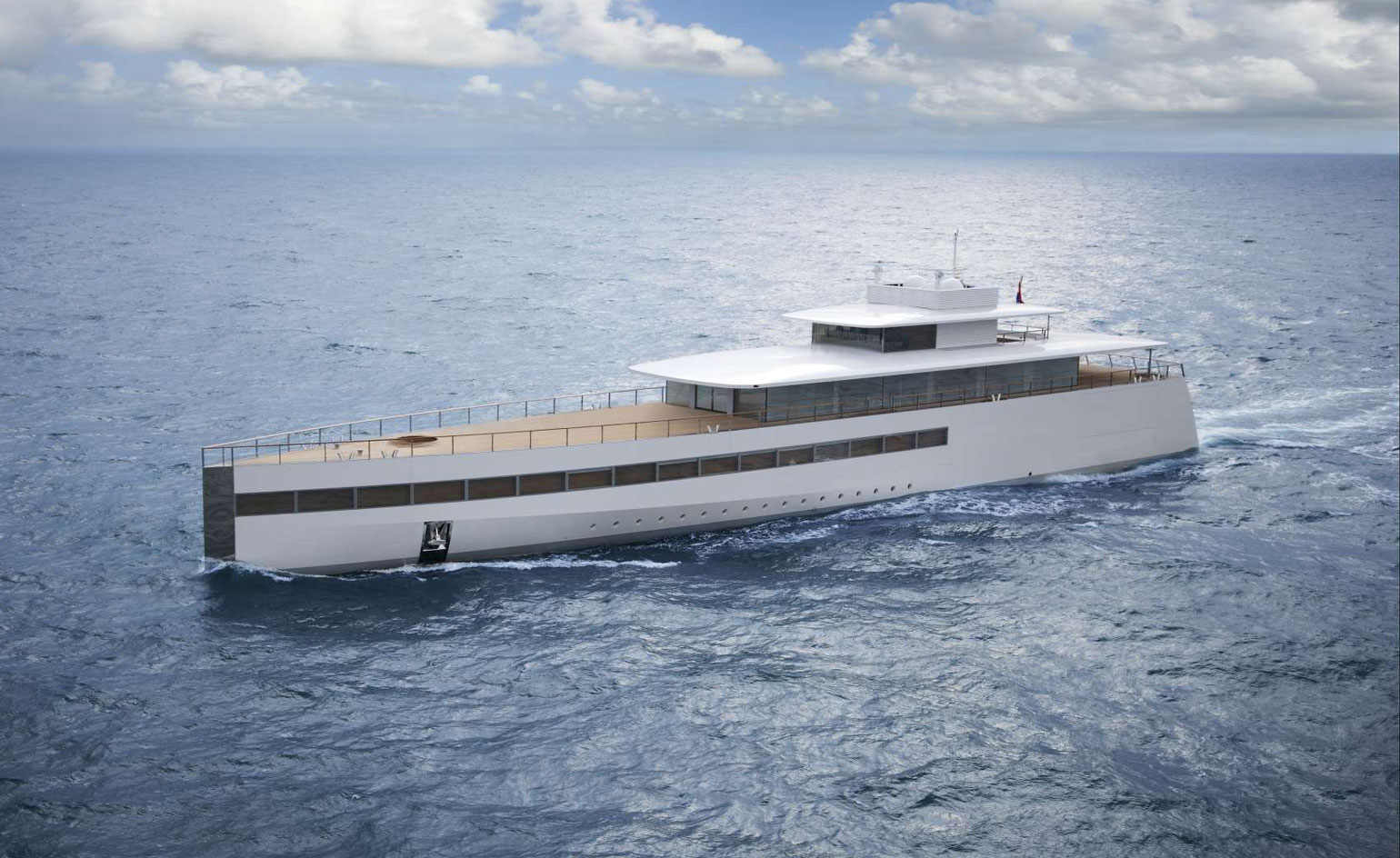
‘Venus’ Feadship, designed by Philippe Starck, for Steve Jobs, 2012
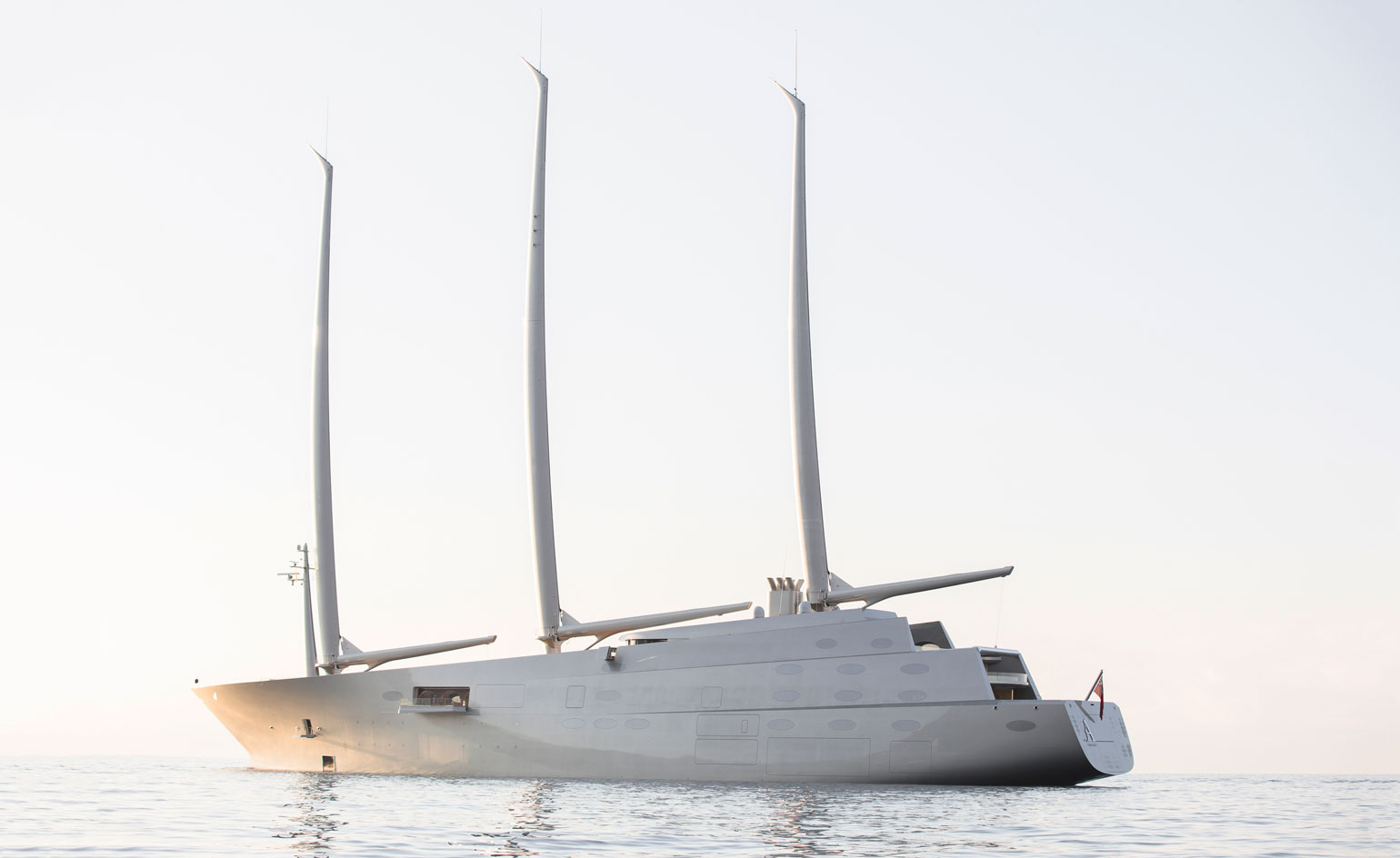
‘Sailing yacht A’, designed by Philippe Starck, for Andrey Melnichenko, 2015.
INFORMATION
For more information, visit the Philippe Starck website
Receive our daily digest of inspiration, escapism and design stories from around the world direct to your inbox.
Jonathan Bell has written for Wallpaper* magazine since 1999, covering everything from architecture and transport design to books, tech and graphic design. He is now the magazine’s Transport and Technology Editor. Jonathan has written and edited 15 books, including Concept Car Design, 21st Century House, and The New Modern House. He is also the host of Wallpaper’s first podcast.
-
 The new Tudor Ranger watches master perfectly executed simplicity
The new Tudor Ranger watches master perfectly executed simplicityThe Tudor Ranger watches look back to the 1960s for a clean and legible design
-
 This late-night hangout brings back 1970s glam to LA’s Sunset Boulevard
This late-night hangout brings back 1970s glam to LA’s Sunset BoulevardGalerie On Sunset is primed for strong drinks, shared plates, live music, and long nights
-
 How Memphis developed from an informal gathering of restless creatives into one of design's most influential movements
How Memphis developed from an informal gathering of restless creatives into one of design's most influential movementsEverything you want to know about Memphis Design, from its history to its leading figures to the pieces to know (and buy)
-
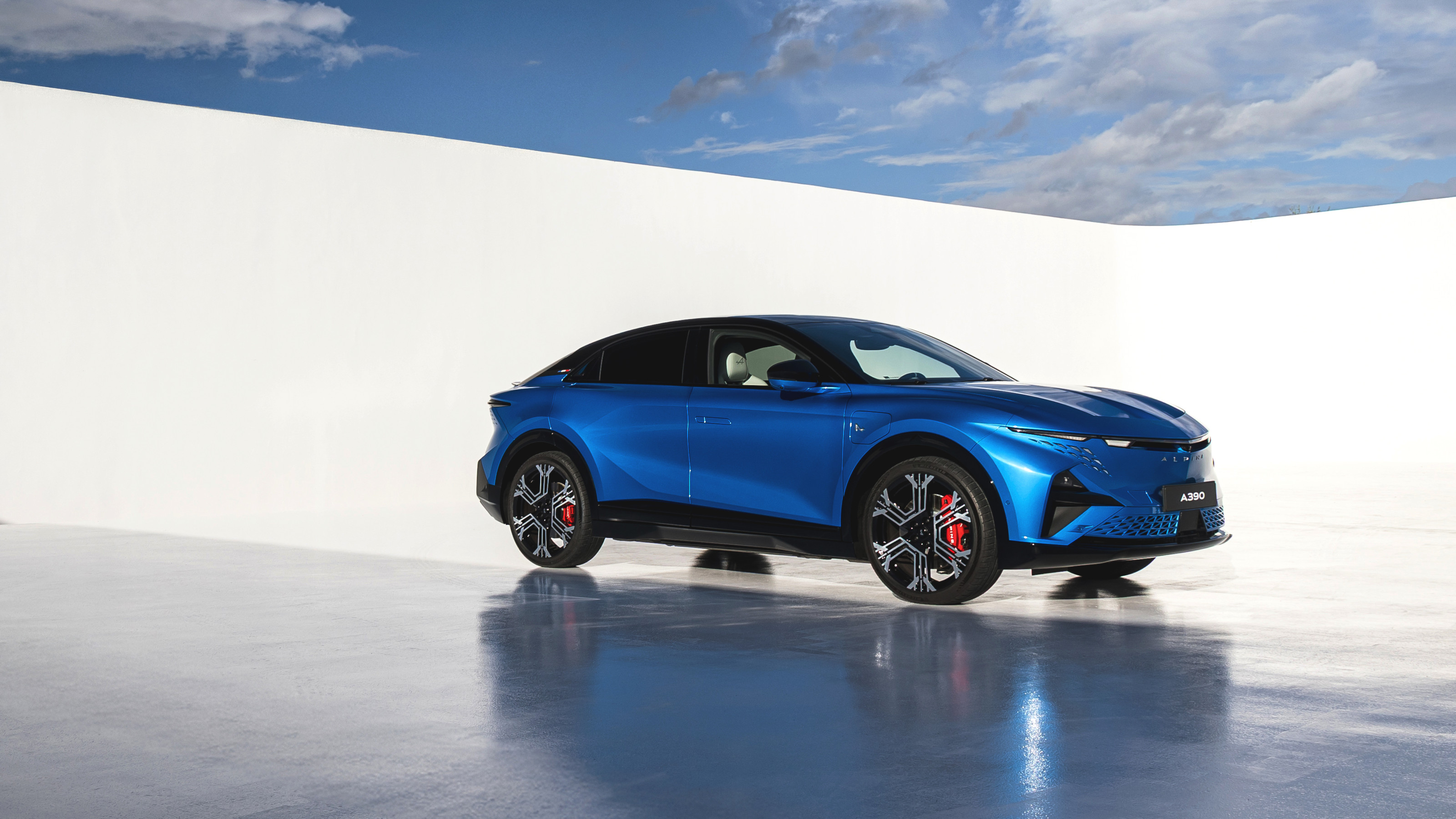 Alpine A390 GT: French, fast and fun. A sporting EV with a real sense of occasion
Alpine A390 GT: French, fast and fun. A sporting EV with a real sense of occasionAlpine doubles down on its fast electric credentials with the A390 GT, the French performance brand’s largest car to date
-
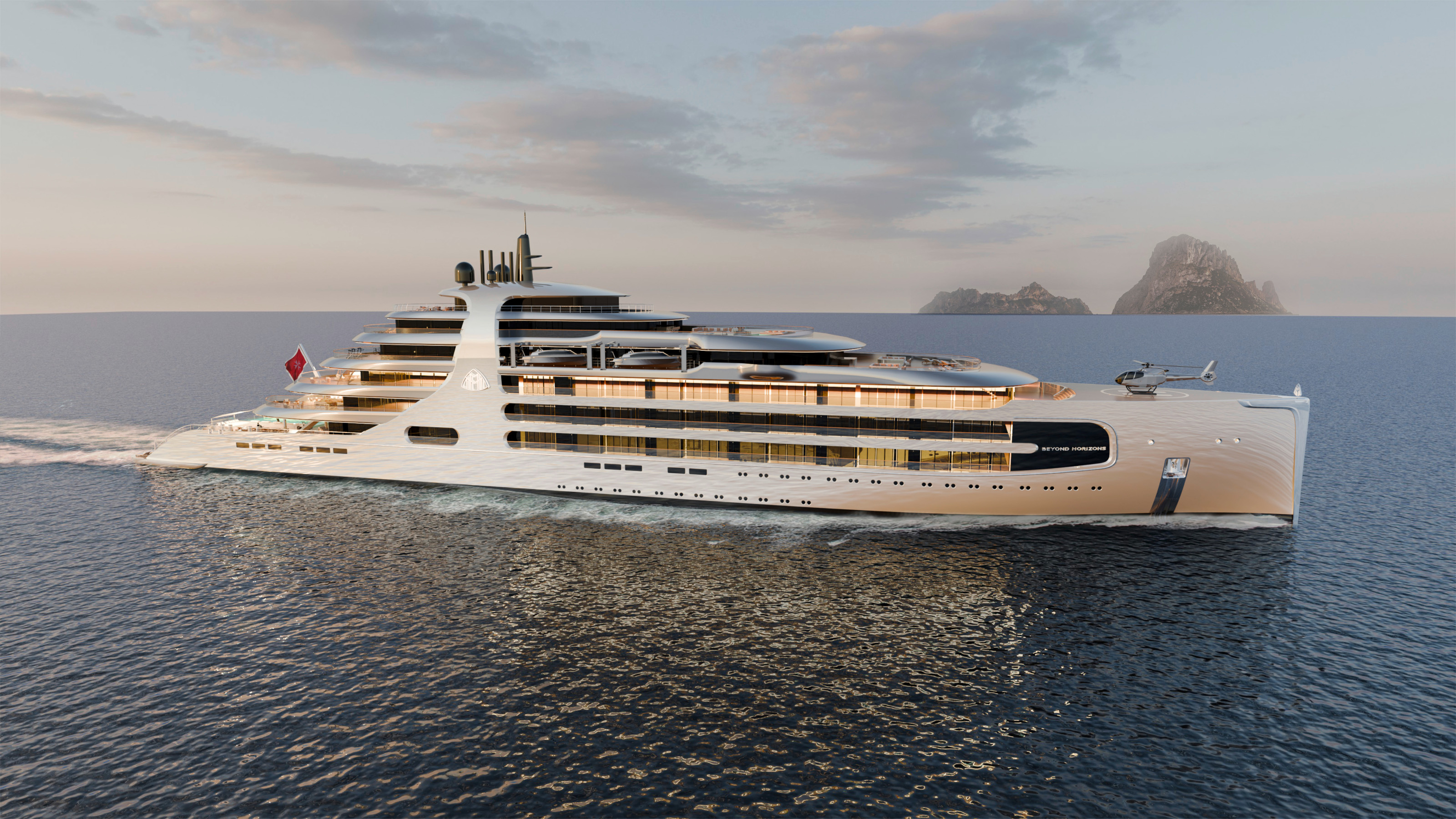 The Maybach Ocean Club is a floating members’ club for the super-rich
The Maybach Ocean Club is a floating members’ club for the super-richMercedes-Benz Design has announced the upcoming Maybach Ocean Club, a ship-based enclave inspired by automotive luxury
-
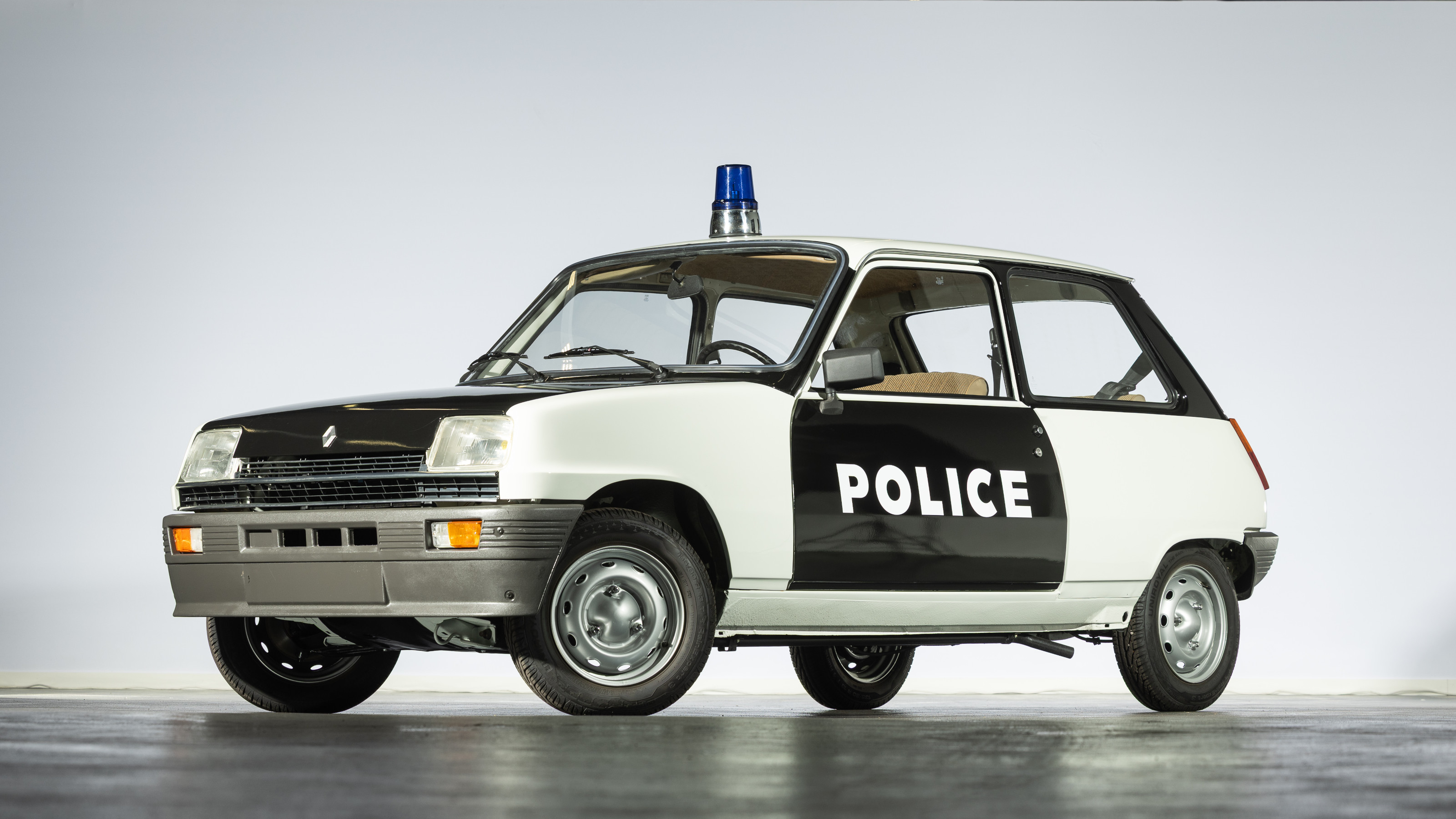 Fancy owning a piece of French automotive history? Bid in The Renault Icons Auction
Fancy owning a piece of French automotive history? Bid in The Renault Icons AuctionRenault is paring back its substantial collection of historic automobiles by auctioning off duplicate models. We present 14 of the finest lots
-
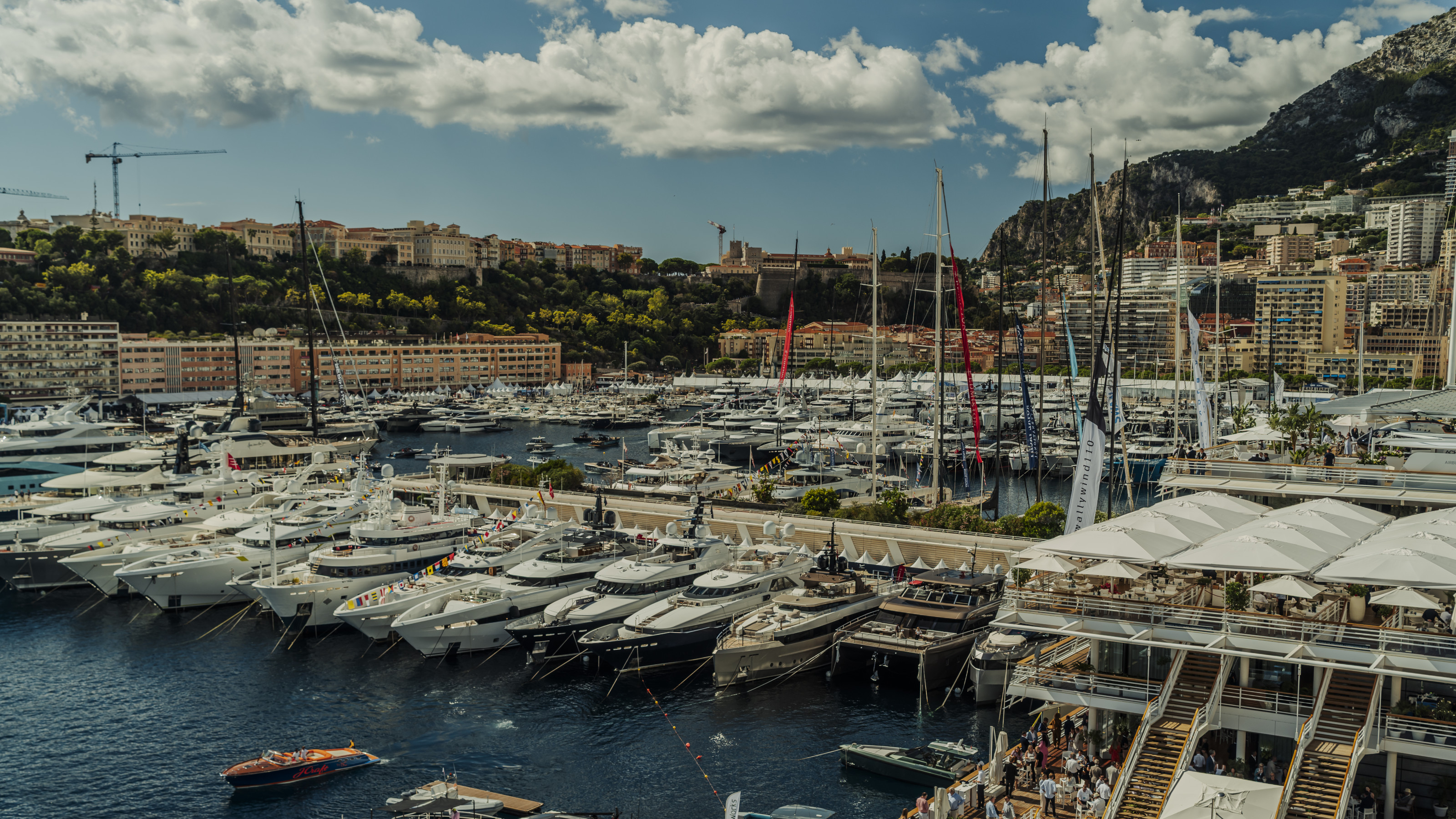 In Monaco, the world’s most famous yacht show up close
In Monaco, the world’s most famous yacht show up closeThe Monaco Yacht Show is one of the most famous annual celebrations of wealth and ostentation. What’s new in the world of floating ultra-luxury?
-
 Salone Nautico is Genoa’s answer to Monaco, a scaled down yacht show with a local focus
Salone Nautico is Genoa’s answer to Monaco, a scaled down yacht show with a local focusAhead of the nautical extravaganza that is the Monaco Yacht Show, a smaller, more focused event takes place in Genoa. It’s not all superyachts and conceptual experiments – we visited Salone Nautico to survey the scene
-
 Outlier I concept yacht by Foster + Partners is unlike anything else at sea
Outlier I concept yacht by Foster + Partners is unlike anything else at seaLateral Naval Architecture’s radical internal restructuring gives Foster + Partners’ concept the scale and grandeur of a gigayacht, with an interior volume like no other
-
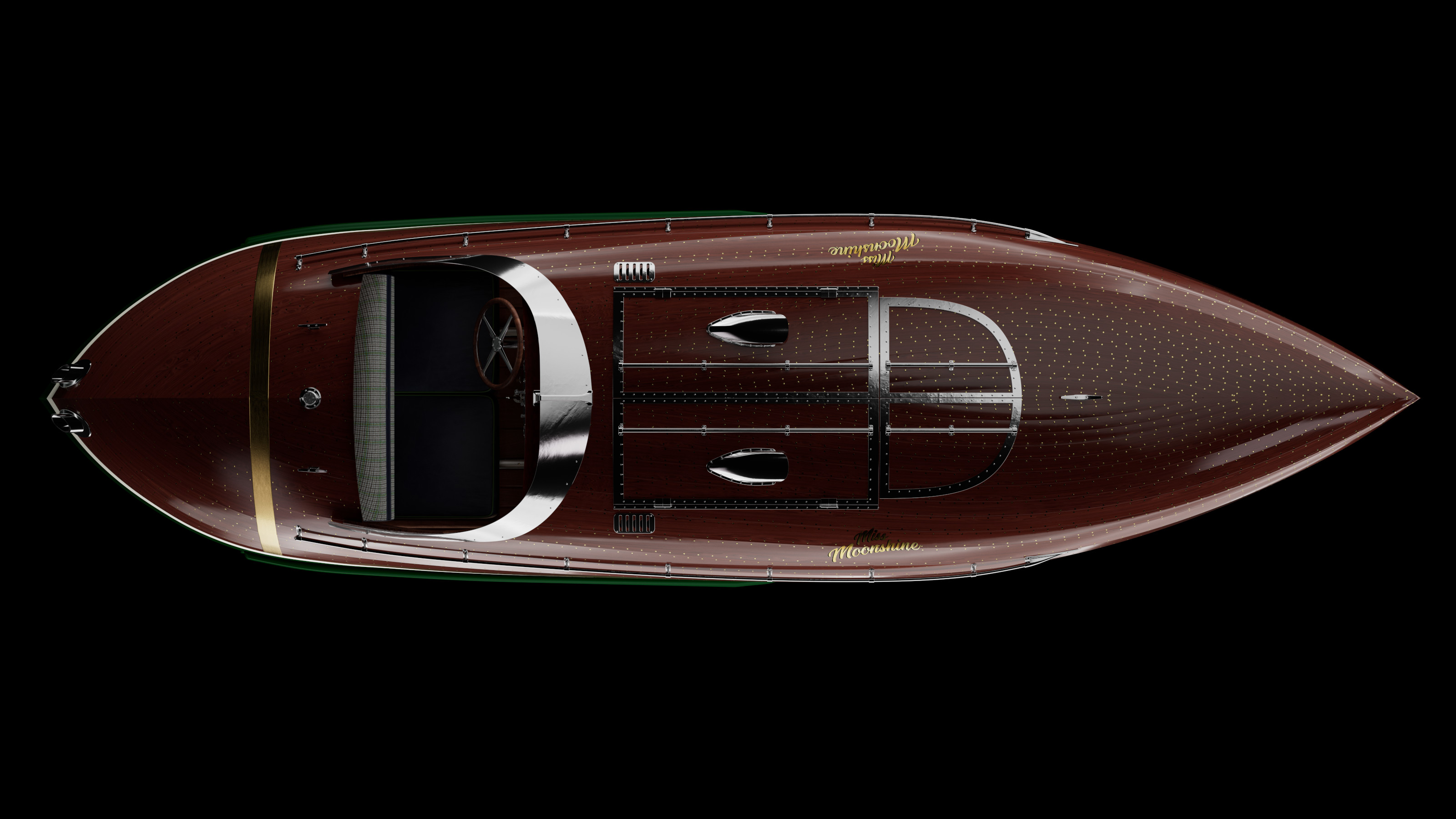 Boatbuilding meets Savile Row in this new collaboration between Huntsman x Fitzke
Boatbuilding meets Savile Row in this new collaboration between Huntsman x FitzkeMiss Moonshine is a speedboat that blends tweed, mahogany, and raw power with a heritage steeped in racing and smuggling
-
 Sanlorenzo presents three unique models at the British Motor Yacht Show
Sanlorenzo presents three unique models at the British Motor Yacht ShowThe Italian builder brings its largest-ever line up to the show, including an asymmetric yacht and a sporty entry-level vessel